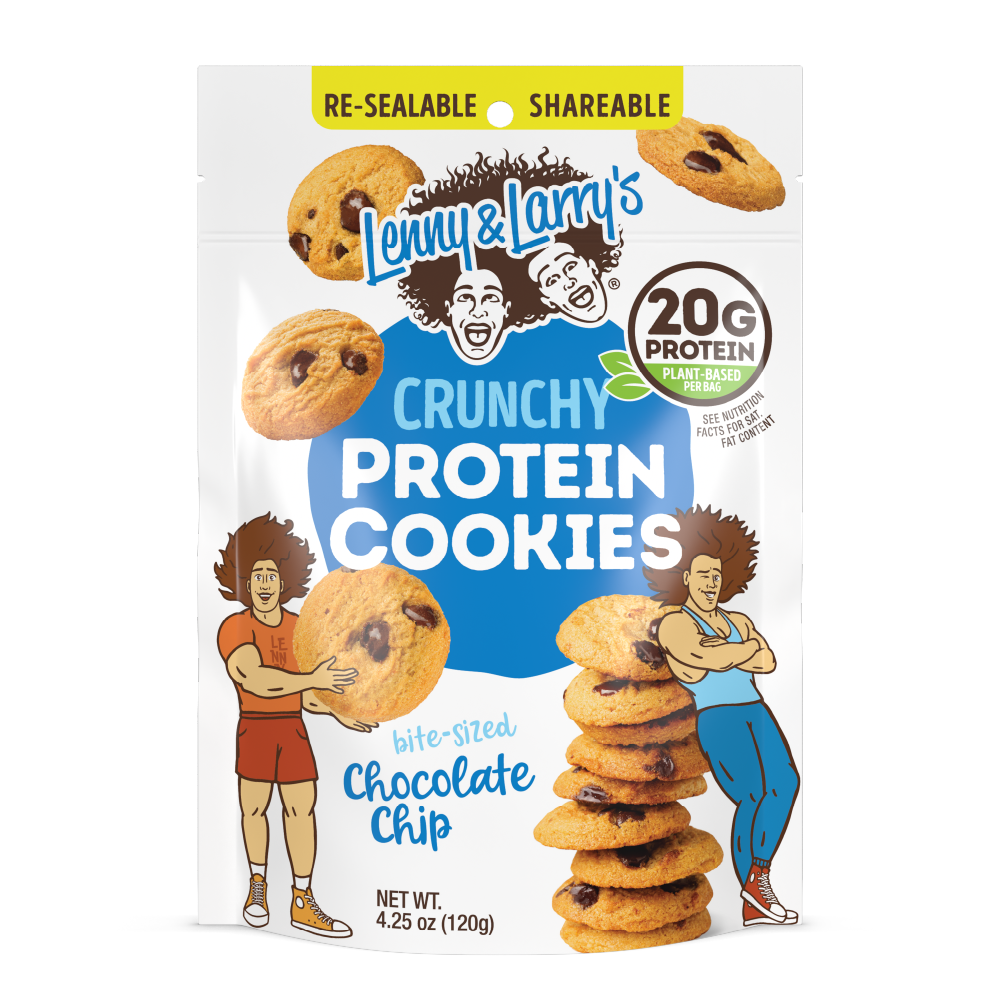Restorative fitness is not entirely new, but its popularity and recognition are growing rapidly. While the core concepts have been around for decades (or even centuries, in the case of yoga), the term "restorative fitness" as a defined approach to exercise is a more recent development.
What is Restorative Fitness?
Restorative fitness is a holistic approach to exercise that prioritizes recovery, stress relief, mobility, and injury prevention. Unlike high-intensity workouts that push the body to its limits, restorative fitness focuses on gentle, deliberate movement that allows the body to heal, recharge, and build long-term resilience.
The main goal of restorative fitness is to support the body's rest and recovery process, improve functional mobility, and reduce mental and physical stress. It often involves slower, low-impact movements that increase flexibility, improve balance, and relieve tension in the body.
Where Did Restorative Fitness Come From?
- Roots in Restorative Yoga: Restorative yoga has been around since the 1970s, popularized by teachers like Judith Hanson Lasater. It focused on using props and gentle poses to promote deep relaxation.
- Physical Therapy & Rehabilitation: Many elements of restorative fitness have been used in physical therapy and rehabilitation to help patients recover from injuries. Techniques like corrective exercise, stretching, and movement re-education are being incorporated into mainstream fitness.
- Shift from "No Pain, No Gain" to "Train Smarter, Not Harder": As fitness culture shifts away from extreme, high-intensity workouts like CrossFit or HIIT being the gold standard, people are seeking balance. Burnout, injury, and overtraining have prompted a reevaluation of how to maintain long-term physical health.
What's "New" About Restorative Fitness?
-
Branding & Language: While the actual methods (like stretching, somatic movement, and recovery workouts) aren't new, the way they are being marketed and branded as "Restorative Fitness" is new. The fitness industry often rebrands older concepts to align with current wellness trends, much like "mindfulness" became a mainstream term for meditation.
-
Focus on Recovery as a Core Fitness Pillar: Recovery used to be seen as passive (rest days, sleep, etc.), but now it's seen as active. Restorative fitness is seen as an integral part of weekly training, not just an afterthought. Active recovery has moved from "optional" to "essential."
-
Incorporation of Modern Modalities: Newer elements like fascial release, mobility flows, and somatic movement practices (which combine mindfulness with slow, intentional movement) are being rebranded as essential parts of restorative fitness. The increased use of tools like foam rollers, massage guns, and fascia release devices highlights this shift.
-
Influence of Stress Management and Mental Health: Since COVID-19, there has been a greater emphasis on the connection between mental health and physical health. Restorative fitness, with its slower pace, mindful approach, and calming effects, caters to this need for mental well-being. Many of these techniques cross over into emotional fitness and nervous system regulation (like breathwork, vagus nerve stimulation, etc.).
Why Is Restorative Fitness Popular Now?
- Burnout from High-Intensity Workouts: People who once loved CrossFit, HIIT, and bootcamps are feeling the toll on their joints and mental health. Restorative fitness offers a gentler, more sustainable option.
- Mental Health Awareness: The rise of anxiety and mental fatigue has prompted people to seek exercises that help them feel calm and centered, rather than just "sweaty and exhausted."
- Longevity and Injury Prevention: As more people prioritize healthy aging and longevity, restorative fitness is seen as an antidote to injury-prone training regimens.
- Wearable Devices & Metrics: With tools like Oura Rings and WHOOP trackers telling people they’re “under-recovered,” more people are prioritizing recovery. Fitness brands are seizing this opportunity by packaging "restorative fitness" as an essential part of a training plan.
Examples of Restorative Fitness Methods
- Stretching & Mobility: Stretching programs like StretchLab or at-home guided stretch routines.
- Yoga & Restorative Yoga: Long-held, passive yoga poses often done with bolsters, pillows, and props.
- Fascial Stretch Therapy (FST): Specialized stretching techniques to release fascia, improve mobility, and reduce stiffness.
- Breathwork & Somatic Movement: Incorporates breathing techniques and slow, mindful movement to release emotional and physical tension.
- Active Recovery Days: Short, gentle workouts to increase blood flow (like walking, swimming, or light cycling) without causing additional strain.
- Foam Rolling & Myofascial Release: Use of foam rollers, massage guns, and other self-massage tools to release tight muscles and fascia.
Is Restorative Fitness Here to Stay?
Yes. It's a reflection of a larger cultural shift toward longevity, holistic wellness, and mental well-being. People are no longer looking for workouts that just "burn calories," they're looking for movement that heals, restores, and sustains. Fitness is being seen as a lifelong practice, and restorative fitness fits perfectly into that philosophy.
 Lenny and Larrys
Lenny and Larrys
